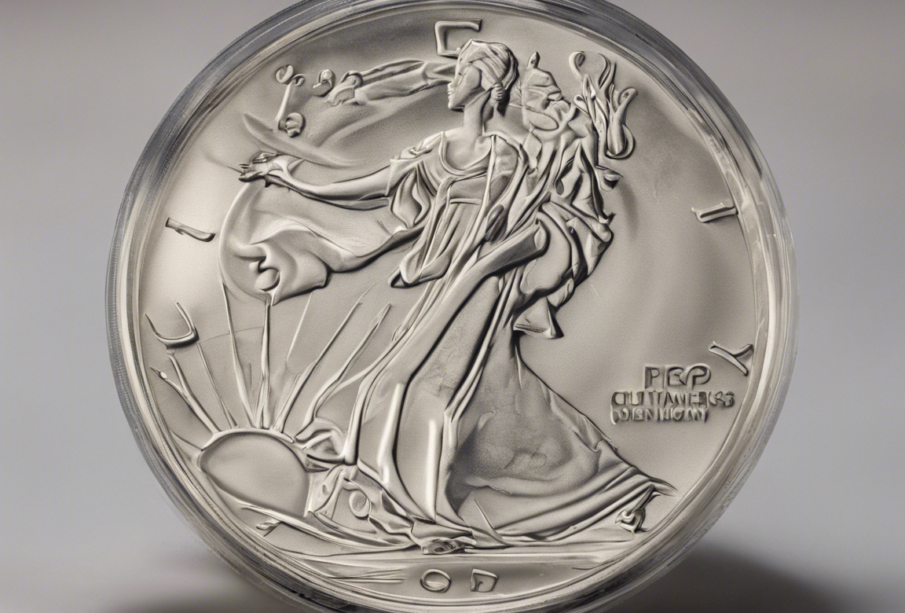Converting QP to Ounces: A Quick Guide

Measuring the weight of objects can be a crucial task in various aspects of life, from cooking and crafting to shipping and trading. Converting quarts to ounces is a common calculation that often arises in such scenarios. Understanding the relationship between these measurements and how to convert one to the other accurately can save time and prevent errors. In this guide, we will explore the conversion from quarts to ounces in detail, providing you with the knowledge and tools to make this process quick and simple.
Understanding Quarts and Ounces
Before delving into the conversion process, it is essential to grasp the basic concepts of quarts and ounces. These are units of measurement used to quantify weight or volume, with quarts typically used for larger quantities and ounces for smaller ones.
-
Quart (qt): A quart is a unit of volume equal to a quarter of a gallon. In the US customary system, one quart is equivalent to 32 fluid ounces.
-
Ounce (oz): An ounce, on the other hand, is a unit of weight or mass. There are two main types of ounces: the avoirdupois ounce (commonly used in the US) and the troy ounce (often used for precious metals). In this context, we will be focusing on the avoirdupois ounce, where one pound is equal to 16 ounces.
Converting Quarts to Ounces
To convert quarts to ounces, we need to consider the relationship between these two units. Since a quart is a volume measurement and an ounce is a weight measurement, we have to account for the density of the substance being measured.
-
Standard Conversion: In the US customary system, one quart is equal to 32 fluid ounces. Therefore, for fluids like water or milk, you can directly convert quarts to ounces by multiplying the number of quarts by 32. For example, 2 quarts of water would be 2 x 32 = 64 fluid ounces.
-
Weight Conversion: When dealing with substances that have a different density than water, such as oils or syrups, a quart-to-ounce conversion requires additional calculations. In such cases, you would need to know the weight of one quart of the specific substance and then convert it to ounces based on the weight-to-volume ratio.
Step-by-Step Conversion
For a more detailed understanding, let’s break down the conversion process into simple steps:
-
Determine the Type of Quarts: Make sure you are working with liquid quarts when using the standard conversion ratio of 1 quart to 32 fluid ounces.
-
Identify the Substance: If you are dealing with a substance other than water, find out its density or weight per quart.
-
Calculate the Conversion Factor: If needed, determine how many ounces are in one quart of the substance based on its weight.
-
Apply the Conversion Factor: Multiply the number of quarts by the conversion factor to obtain the equivalent weight in ounces.
Why Is This Conversion Important?
Knowing how to convert quarts to ounces can be highly beneficial in various practical scenarios:
-
Cooking and Baking: Recipes often provide measurements in quarts or ounces, so being able to convert between the two ensures accurate ingredient quantities.
-
Shipping and Packaging: When sending or receiving goods, understanding weight measurements is crucial for determining costs and quantities.
-
DIY Projects: Whether mixing paints or fertilizers, converting measurements accurately helps in achieving desired outcomes.
Frequently Asked Questions (FAQs)
1. Can you convert dry quarts to ounces using the same method?
Yes, the conversion ratio for dry quarts to ounces is the same as for liquid quarts (1 quart = 32 fluid ounces).
2. Are there any online tools available to simplify quart to ounce conversions?
Yes, several online conversion calculators and apps can help you quickly convert between different units of measurement, including quarts to ounces.
3. How do I convert odd measurements, such as 1.5 quarts, to ounces?
For fractional quarts, simply multiply the decimal part by 32 to get the equivalent ounces. For example, 1.5 quarts is equal to 1.5 x 32 = 48 ounces.
4. Why do some recipes use ounces while others use quarts?
Different recipes and regions may have varying preferences for unit measurements. Ounces are often used for smaller quantities, while quarts are more common for larger volumes.
5. Can I convert ounces back to quarts if needed?
Yes, the conversion works both ways. To convert ounces to quarts, simply divide the number of ounces by 32 to get the equivalent amount in quarts.
By mastering the art of converting quarts to ounces, you can navigate diverse tasks with ease and precision. Whether you are a chef in the kitchen, a crafter in the workshop, or a trader in the market, this fundamental skill will prove invaluable in your daily endeavors.






